According to the American Medical Association (AMA), roughly 85% of American adults consume at least 135 milligrams of caffeine daily. For reference, that’s about how much caffeine is in a 12 oz cup of coffee.
Despite what some people might say, that number isn’t that alarming.
In fact, low to moderate doses of caffeine can have several positive effects on the mind and body. For example, it can help increase alertness, provide a jolt of energy, and improve focus and concentration.
RELATED: Egg-citing Easter Basket Ideas That Don’t Involve Candy & Sugar
Of course, every rose has its thorn, and caffeine has two of them – 1) too many people consume far too much caffeine daily, and 2) most of the caffeine people drink is packed into sugary-sweetened beverages.
That’s what’s alarming – and that’s what we’re here to change.
There’s nothing wrong with a little caffeine or sugar from time to time, but we need to be more aware of our daily intake and make a more conscious effort to limit that intake whenever and wherever possible.
What Is Caffeine?
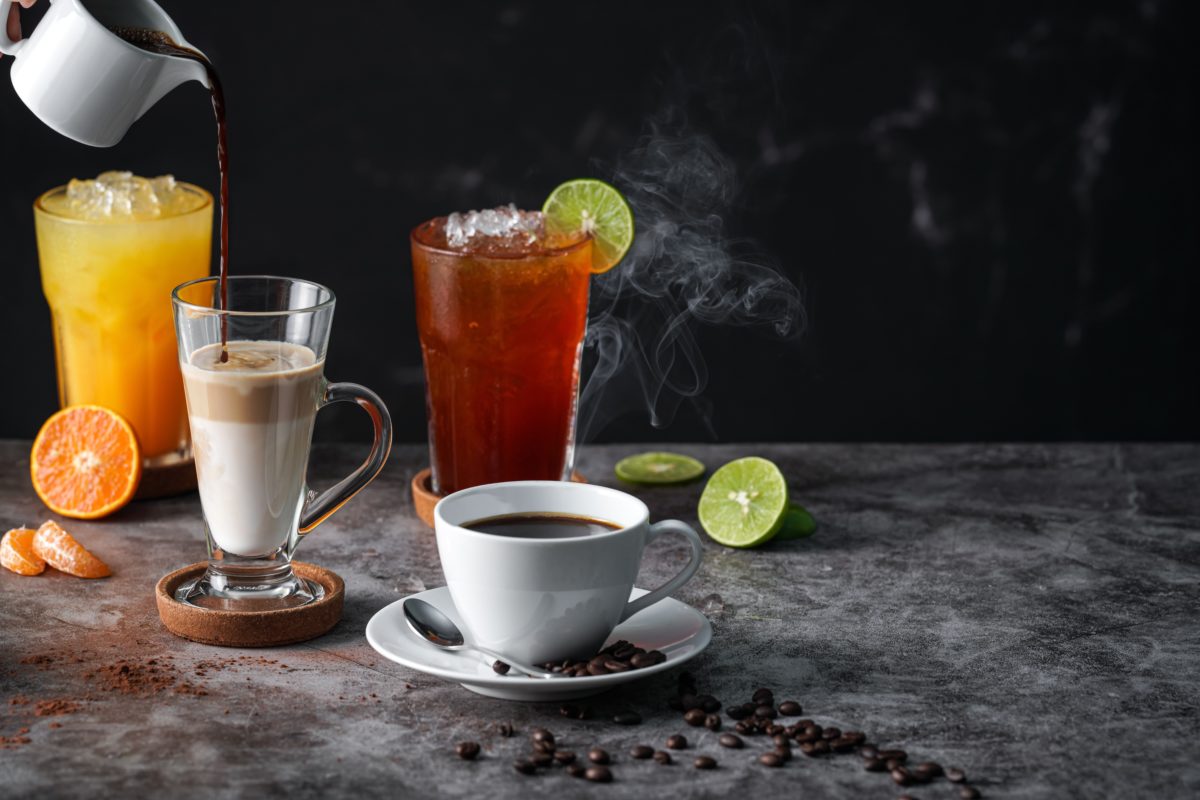
Before we get into caffeine sources, let’s first take a look at what caffeine is and what it does to the mind and body once consumed. Believe it or not, most people have no idea what they’re feeding their bodies.
But that ends today.
Caffeine is a natural stimulant found in more than 60 plants worldwide, including coffee beans, tea leaves, kola nuts, yerba maté, guarana plants, and cacao pods. Virtually every country in the world consumes it.
Once digested by the stomach, caffeine travels through the bloodstream and into the brain – where it affects everything from heart rate to breathing, physical energy, mental energy, and cognitive ability.
So, how much caffeine is too much caffeine?
According to the Food and Drug Association (FDA), healthy adults can tolerate up to 400mg of caffeine in a 24-hour period. Even then, that’s considered a lot and can cause health issues in most at-risk people.
If you’re drinking caffeine for its cognitive benefits, I recommend aiming for 50 to 200 milligrams per day. Of course, that depends on where the caffeine comes from – not all caffeine sources are created equal!
Sugar-Packed Caffeine Sources to Avoid
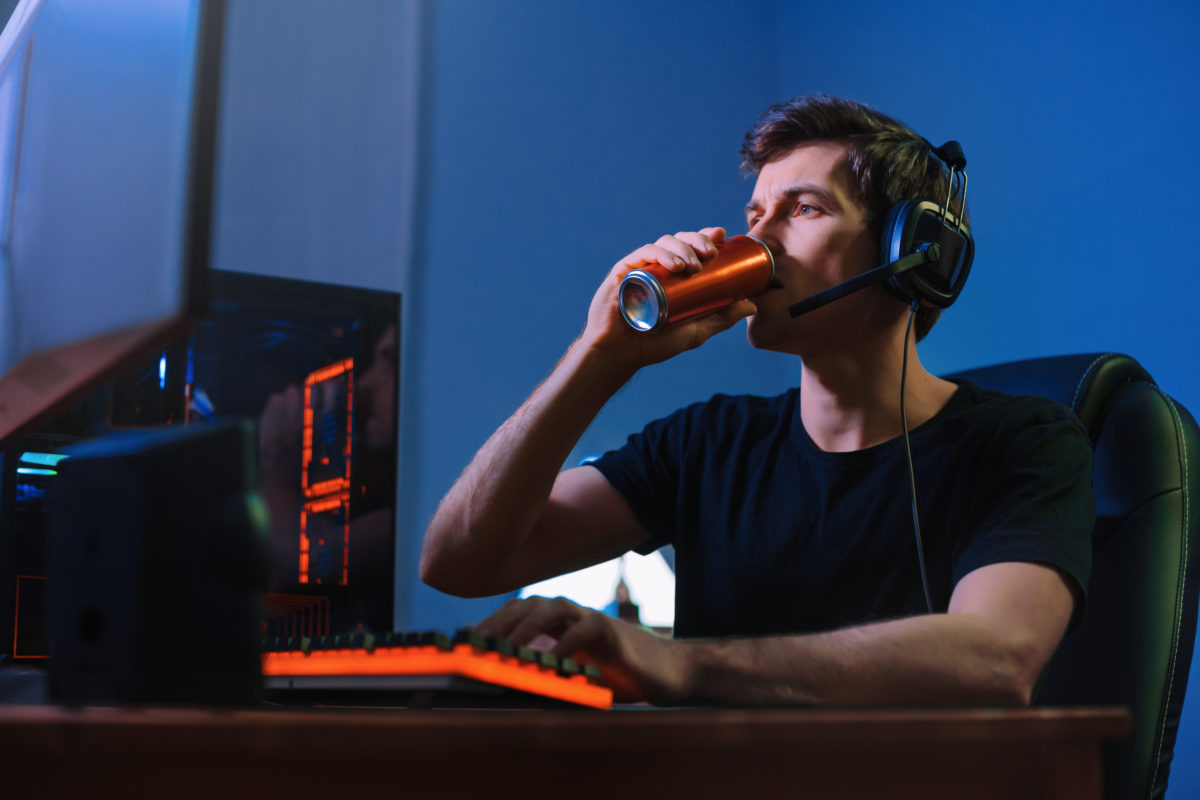
If you’re on a mission to reduce your sugar intake, you might have to wave goodbye to some of your favorite caffeine sources – most of which are jam-packed with added sugars intended to harm the body.
So, what’s wrong with added sugars?
The problem with sugar is similar to the problem with caffeine – it’s okay in small amounts, but most people aren’t consuming it in small amounts. The more sugar we consume, the worse it is for the body.
Obesity, diabetes, liver disease, heart problems, tooth decay, cancer, dementia – over time, excessive sugar intake can impair your body’s ability to regulate glucose, often resulting in long-term health issues.
In general, women should aim for 25 grams daily, and men should aim for 38 grams daily.
With that said, here are some of the sugar-packed caffeine sources you should avoid the next time you need that extra jolt of energy – it might be difficult to say goodbye, but your mind and body will thank you!
5. Regular Soda
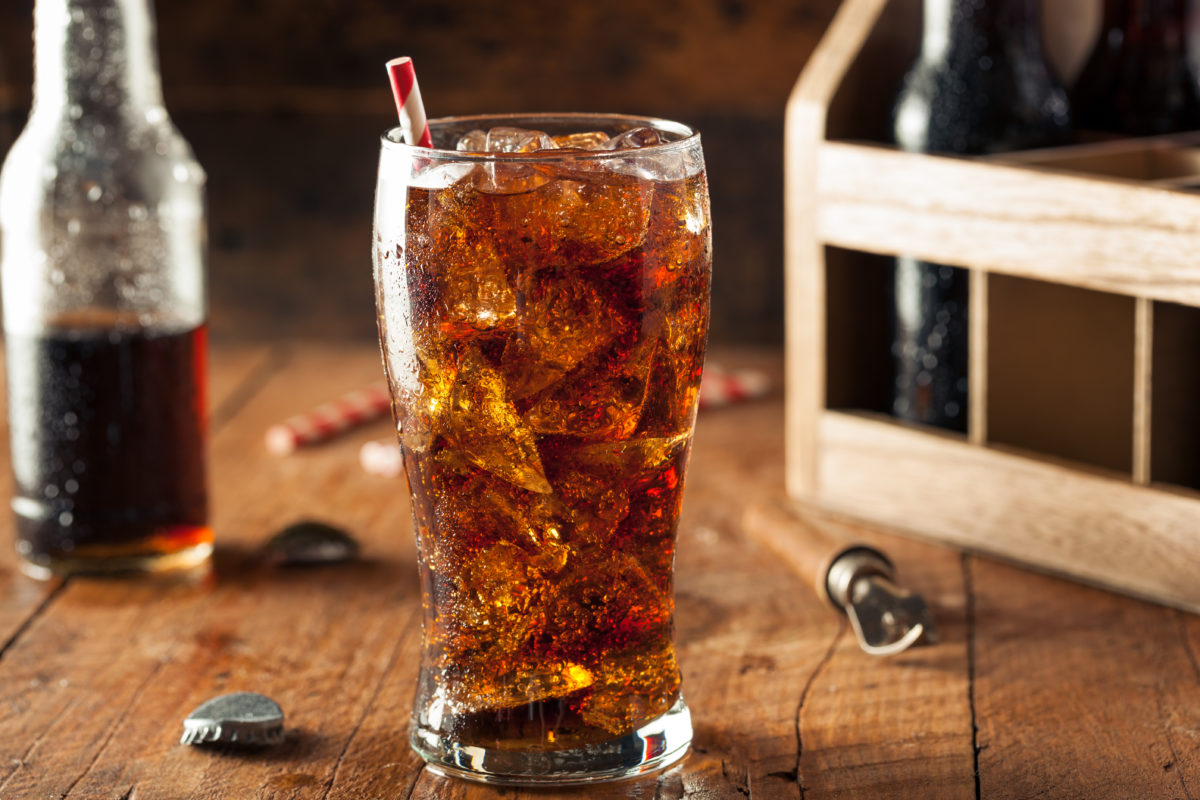
Did you know more than half of all American adults consume at least one glass of soda every day? Coca-Cola, Pepsi, Mountain Dew, Sprite, Dr. Pepper, Sunkist – let’s be honest, we all have a favorite!
One 12-oz can of soda contains 30-50 milligrams of caffeine and 30-50 grams of sugar.
Soda offers no nutritional value – it has no vitamins, minerals, or fiber – and drinking it regularly can lead to poor dietary habits by replacing healthier drink options. It’s also acidic, which isn’t good for your teeth.
4. Modern Coffee
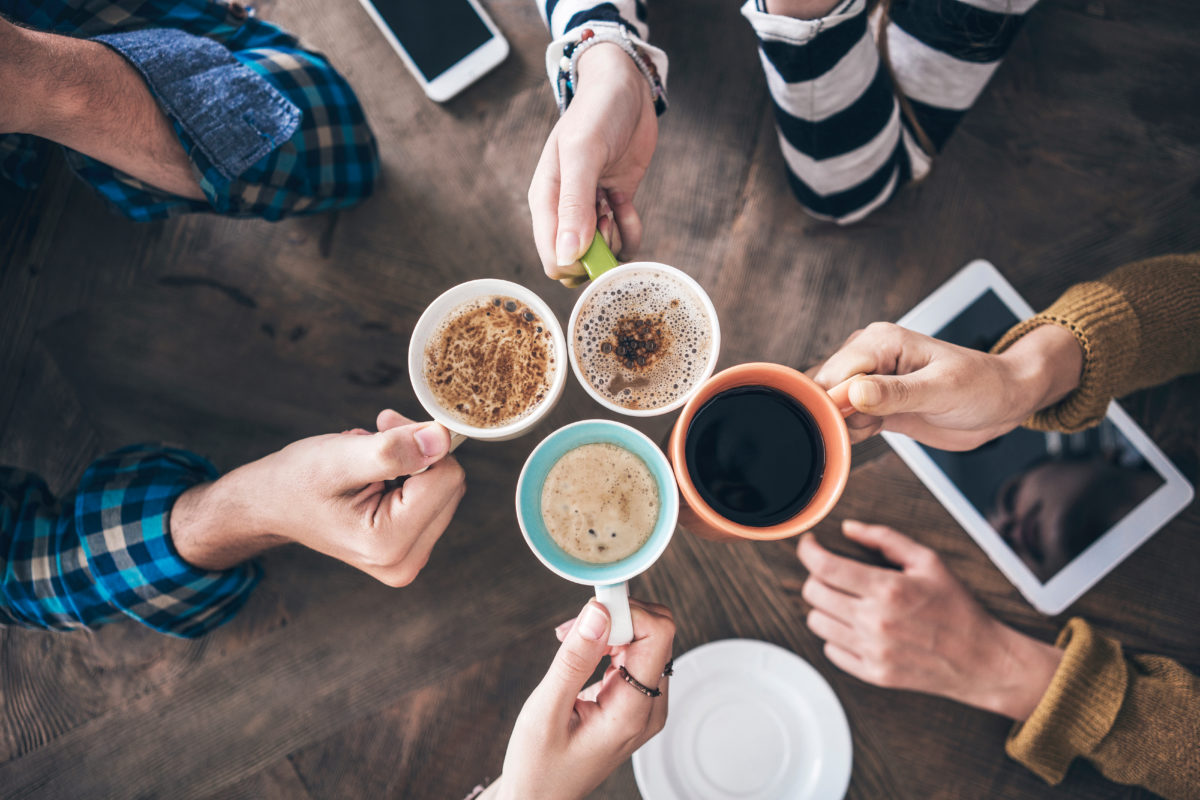
More than two-thirds of American adults drink coffee at least once daily – and that number continues to increase now that younger Americans are joining the mix. In essence, that doesn’t sound like a bad thing.
After all, coffee doesn’t contain sugar – so why is it on this list?
Well, most coffee drinkers today add anywhere from 10 to 40 grams of sugar to their morning cup of joe. And coffee chains like Starbucks aren’t helping – most of their beverages contain high levels of sugar.
3. Energy Drinks
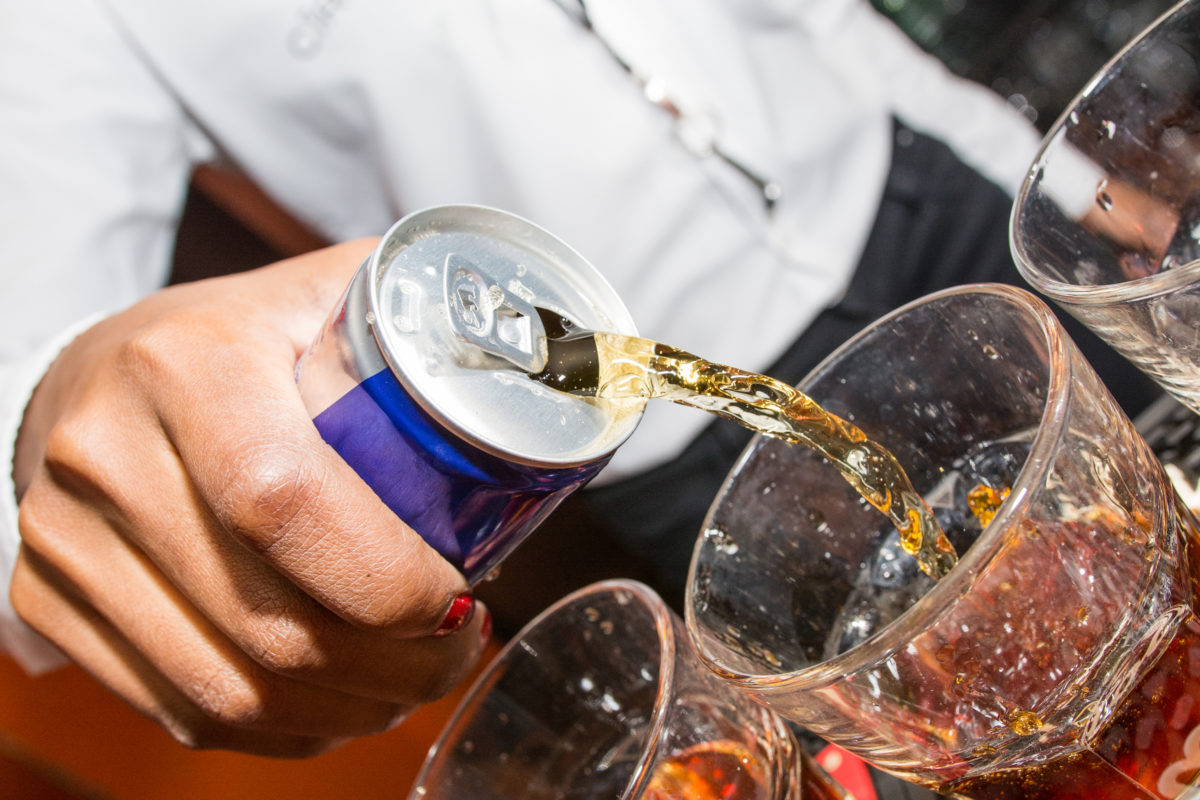
Energy drinks are a go-to source of energy for many Americans – especially when coffee isn’t available or preferred. Unfortunately, energy drinks often contain excessive amounts of caffeine and added sugars.
Most energy drinks contain 160-300 milligrams of caffeine and 20-40 grams of sugar.
Not only that, but most energy drinks contain other stimulants – such as guarana or taurine – to provide an extra jolt of energy. Combined with the sugar and caffeine, energy drinks do more harm than good.
2. Kombucha
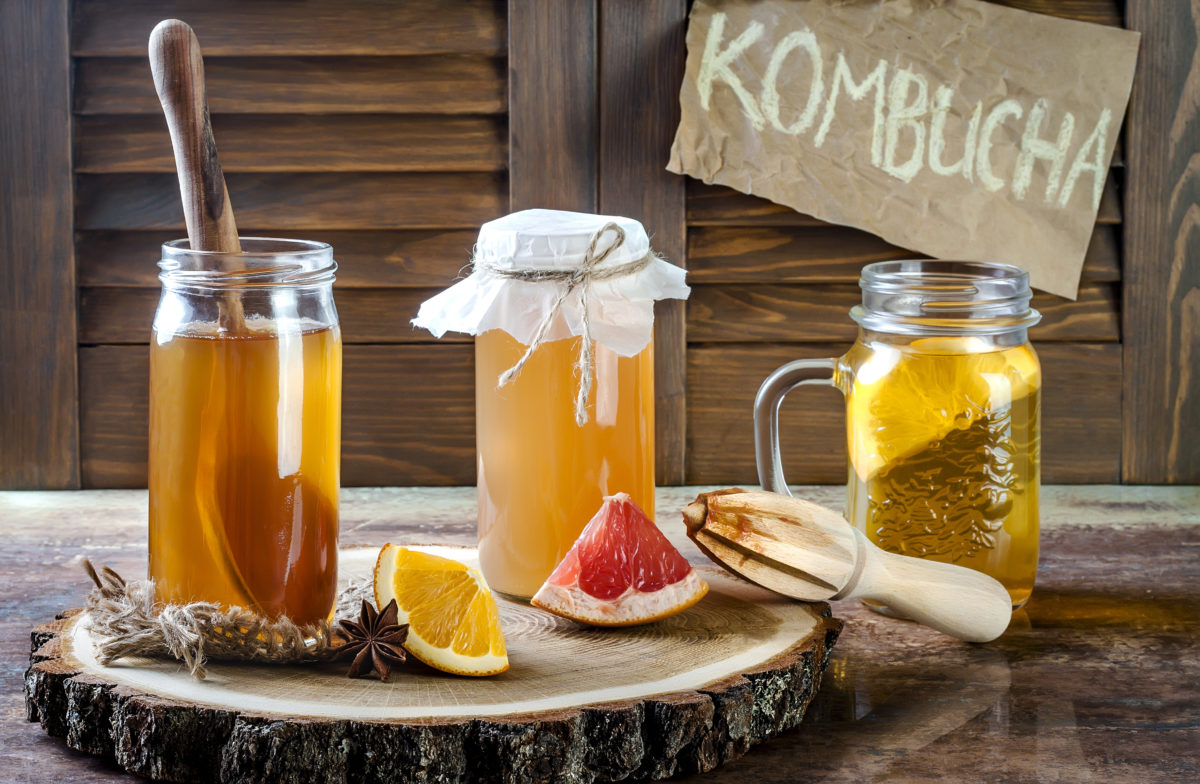
Kombucha is a fermented beverage made from black or green tea, sugar, bacteria, and yeast. While it’s considered a non-alcoholic drink, it does contain trace amounts of alcohol as a result of the fermentation.
An 8-oz glass of kombucha contains about 10-15 milligrams of caffeine and 10 grams of sugar.
With that said, kombucha contains probiotics, which are good for gut health. Its popularity has grown due to its perceived health benefits, including improved digestion, increased energy, and immune support.
1. Chocolate
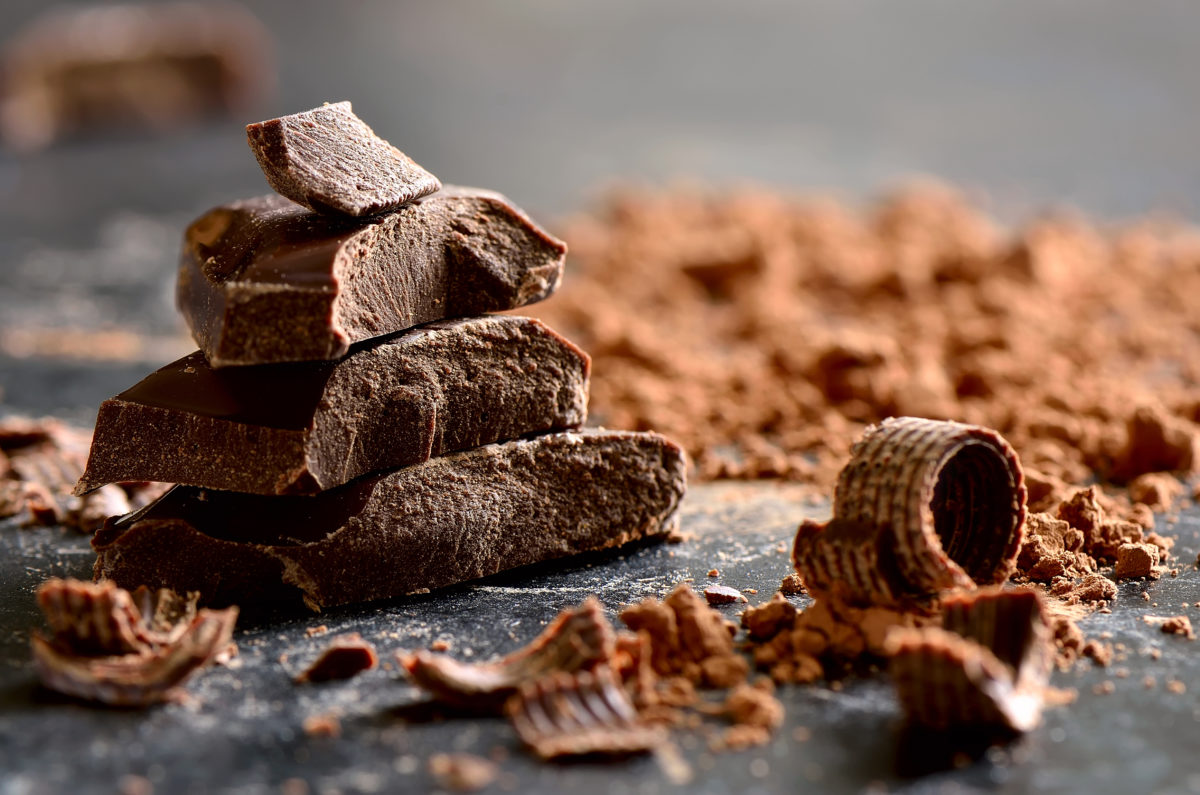
Did you know chocolate contains small amounts of caffeine? That’s right, your favorite candy bar is more than just a treat – it’s a jolt of energy, too! The caffeine comes from the cocoa solids used in production.
A 1-ounce piece of dark chocolate contains around 12 mg of caffeine, but milk chocolate contains less.
With that said, it also contains around 10-15 grams of sugar, depending on the type of chocolate. If you’re trying to avoid sugar, turning to chocolate is a bad idea – the calories and sugar will add up very quickly!
Sugar-Free Caffeine Sources to Consider
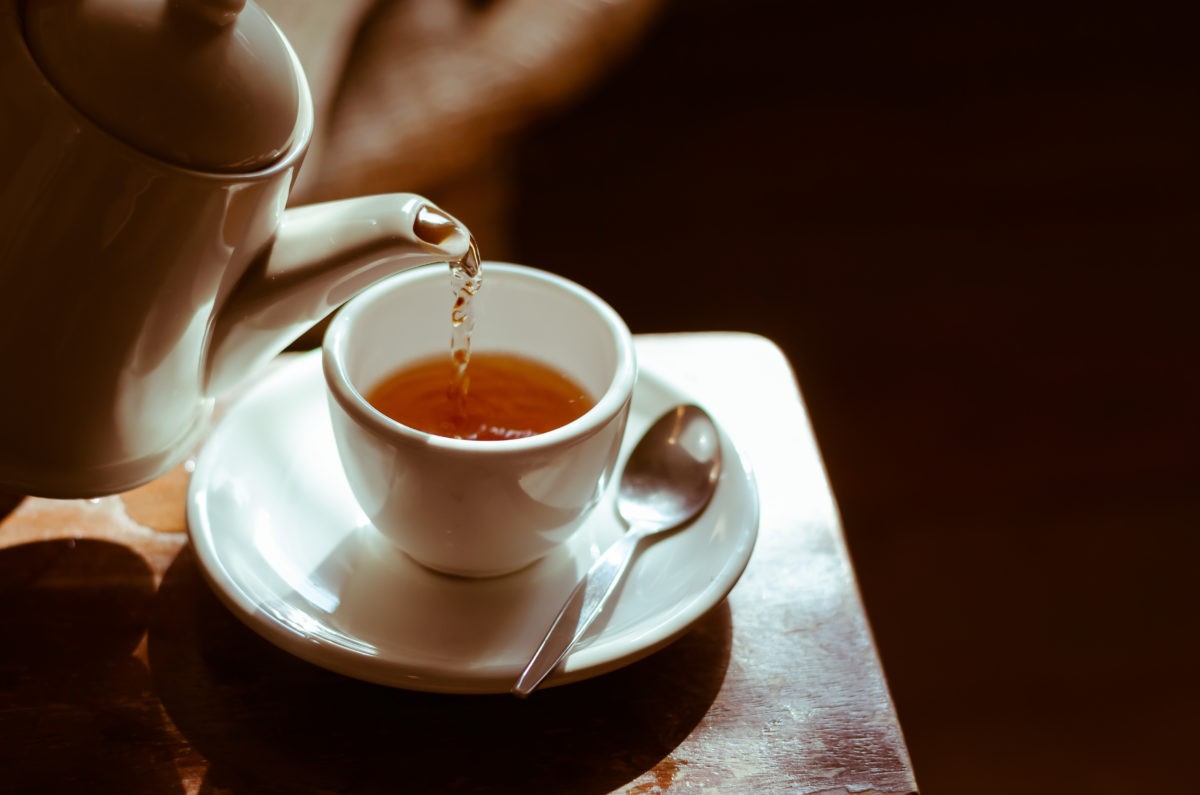
I know – the last thing you wanted to do today was say goodbye to your favorite soda or energy drink, but that’s the sacrifice most Americans need to make if we want to lead healthier, happier, and longer lives.
In fact, one of our readers recently brought it up on our online forum.
“I wanna give up soda but I need to replace the caffeine option. What’s a good alternative?” they asked in our MamasUncut community. It’s a question most of us want an answer to, so we did some research.
Believe it or not, there are plenty of ways to get your daily dose of caffeine without having to resort to soda, energy drinks, and other sugar-sweetened beverages most of us consume multiple times per day.
Here are some of our favorites – but you can also join the conversation by clicking here.
10. Black Coffee
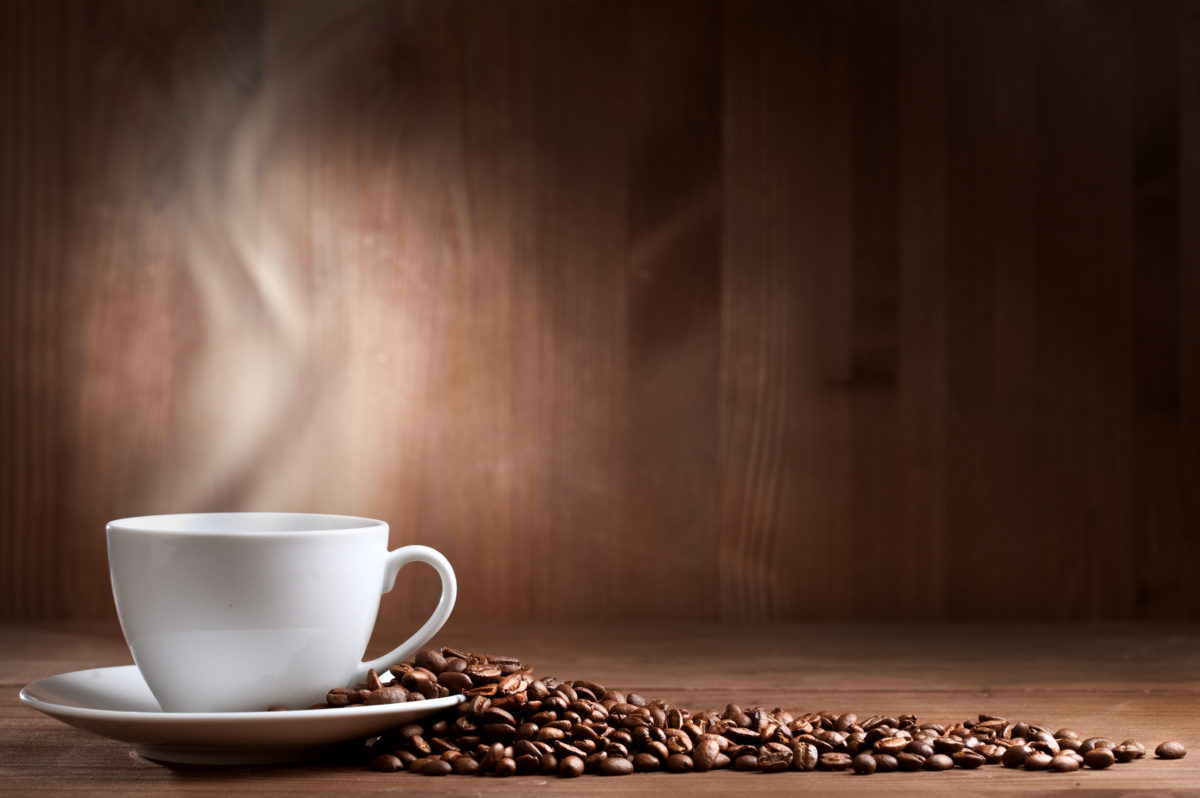
Black coffee, in its pure form, does not contain any amount of sugar. In fact, it holds roughly no nutritional value whatsoever – no calories, sugar, carbohydrates, protein, or fat. It’s basically just a shot of caffeine.
That’s why it’s the perfect way to get your daily dose of caffeine.
As tempting as it is to add sugar and/or milk, do your best to avoid it – it’s not doing you any good! And while sugar-free creamers might sound like a good idea, they’re just as unhealthy as regular creamers!
9. Espresso
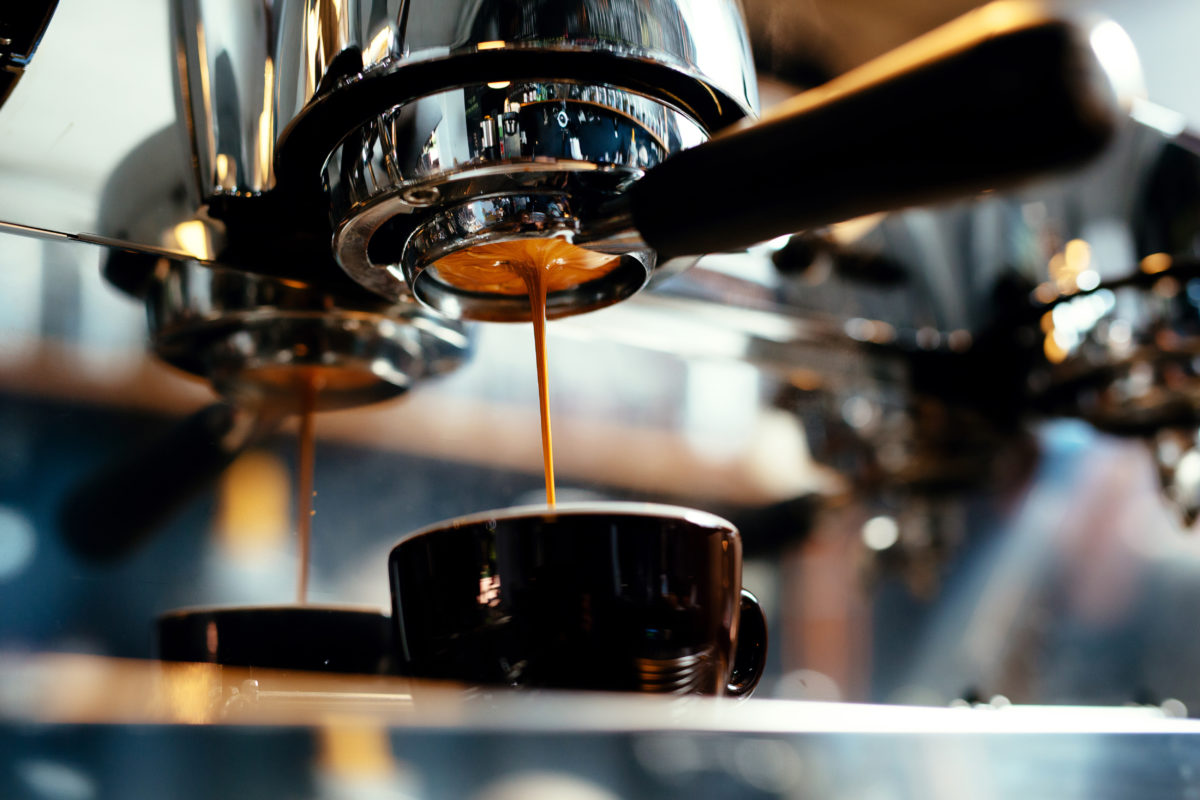
Espresso is a concentrated form of coffee that’s made with ground coffee beans, boiling water, and pressure. It originated in Italy and is known for its rich flavor, creamy texture, and high caffeine levels.
A 1-ounce shot of espresso contains roughly 64 milligrams of caffeine – and no sugar!
Espresso serves as the base for many other coffee drinks, such as lattes, cappuccinos, and Americanos, by adding milk, water, or other ingredients. Keep in mind that adding milk does add sugar to the drink.
8. Black Tea
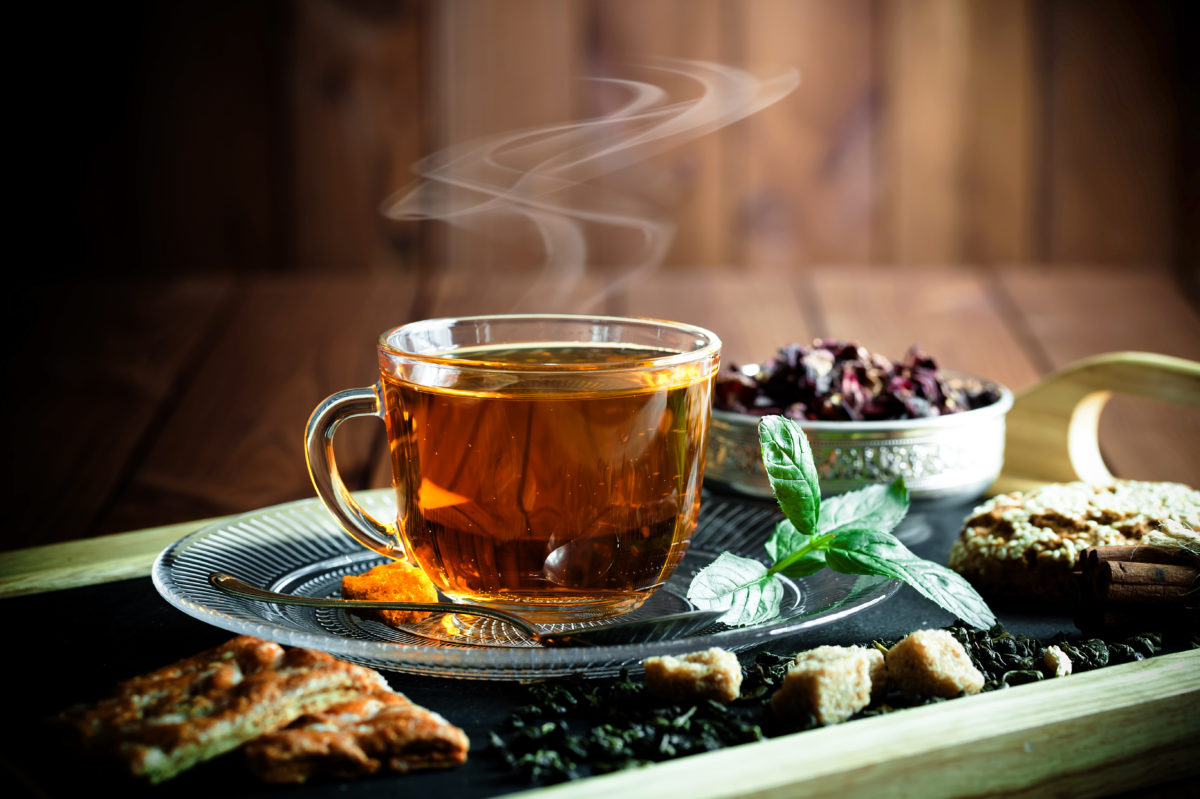
Black tea is the most commonly consumed tea in the world. It’s widely known for its strong flavor and higher caffeine content compared to other teas, though it generally contains less caffeine than coffee.
An 8-oz cup of black tea generally contains around 47 milligrams of caffeine – and no sugar!
In addition to caffeine, black tea also contains antioxidants that help reduce inflammation in the body. Drinking tea regularly can help improve heart and gut health while reducing the risk for certain diseases.
7. Green Tea
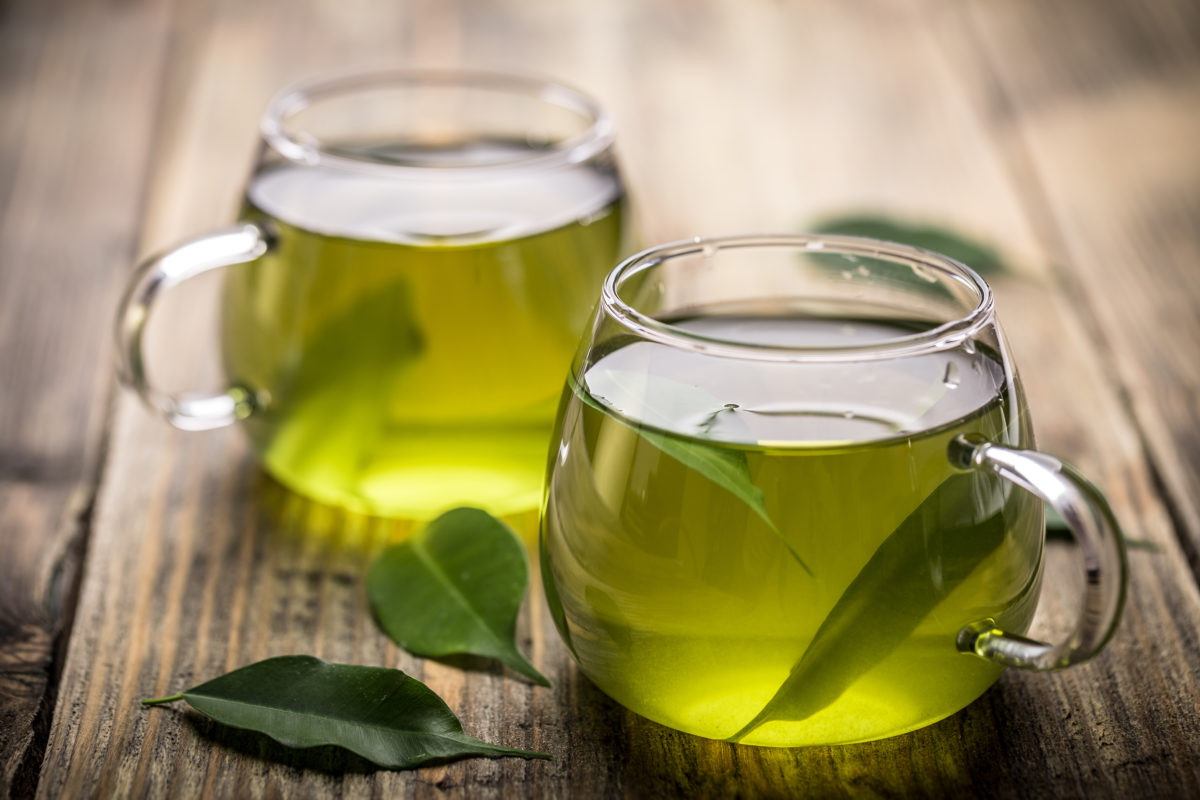
Green tea is made from the leaves of the Camellia sinensis plant – the same plant black tea is made from. The difference is that green tea leaves don’t go through the same withering and oxidation process.
An 8-oz cup of green tea contains around 30 to 50 milligrams of caffeine – and no sugar!
Rich in antioxidants, particularly catechins like epigallocatechin gallate (EGCG), green tea is touted for its health benefits – including improved heart health, cognitive ability, weight loss, metabolism, and energy.
6. Unsweetened Iced Tea
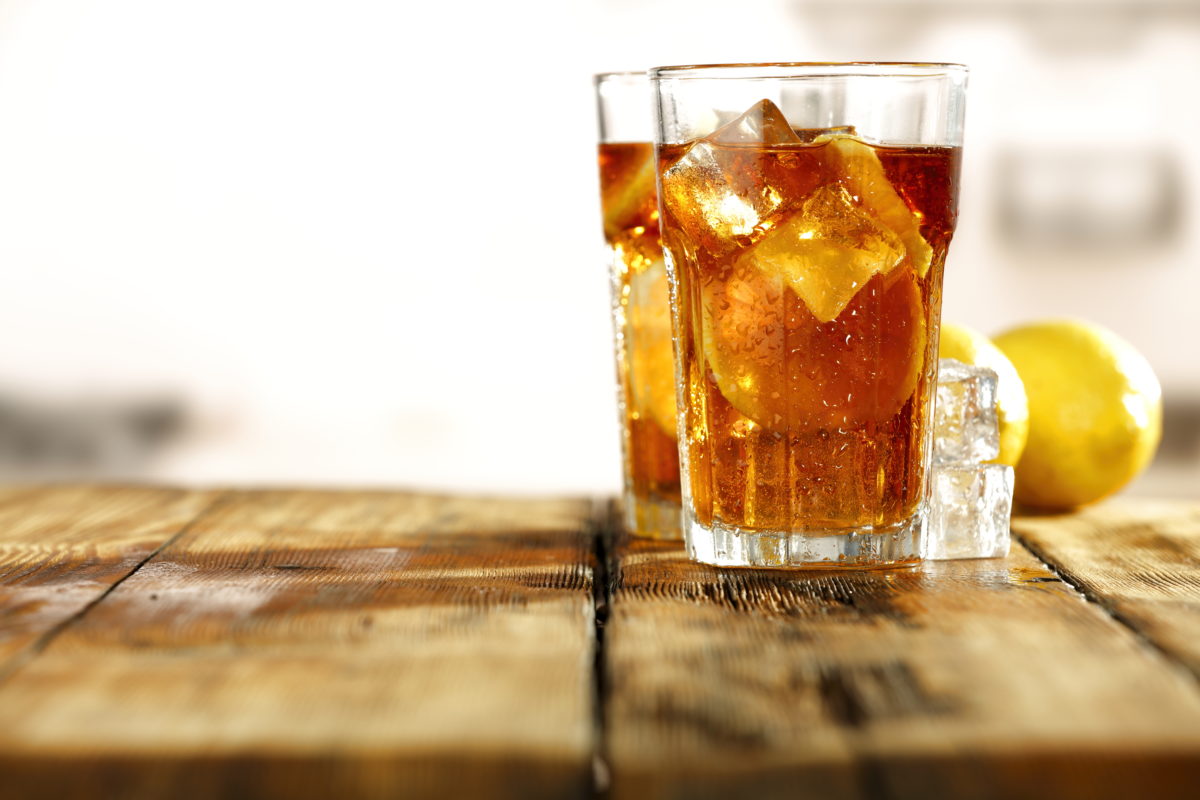
Iced tea is typically made by brewing tea leaves – your choice of black, green, or herbal tea – in hot water, allowing it to cool in the refrigerator, and then serving it over ice. Regular tea is served hot.
An 8-oz cup of iced tea generally contains around 10 milligrams of caffeine.
When you think of iced tea, you’re likely thinking of sweetened iced tea – which contains added sugars and other sweeteners. If you’re trying to reduce your sugar intake, always go for unsweetened iced tea!
5. Matcha Tea
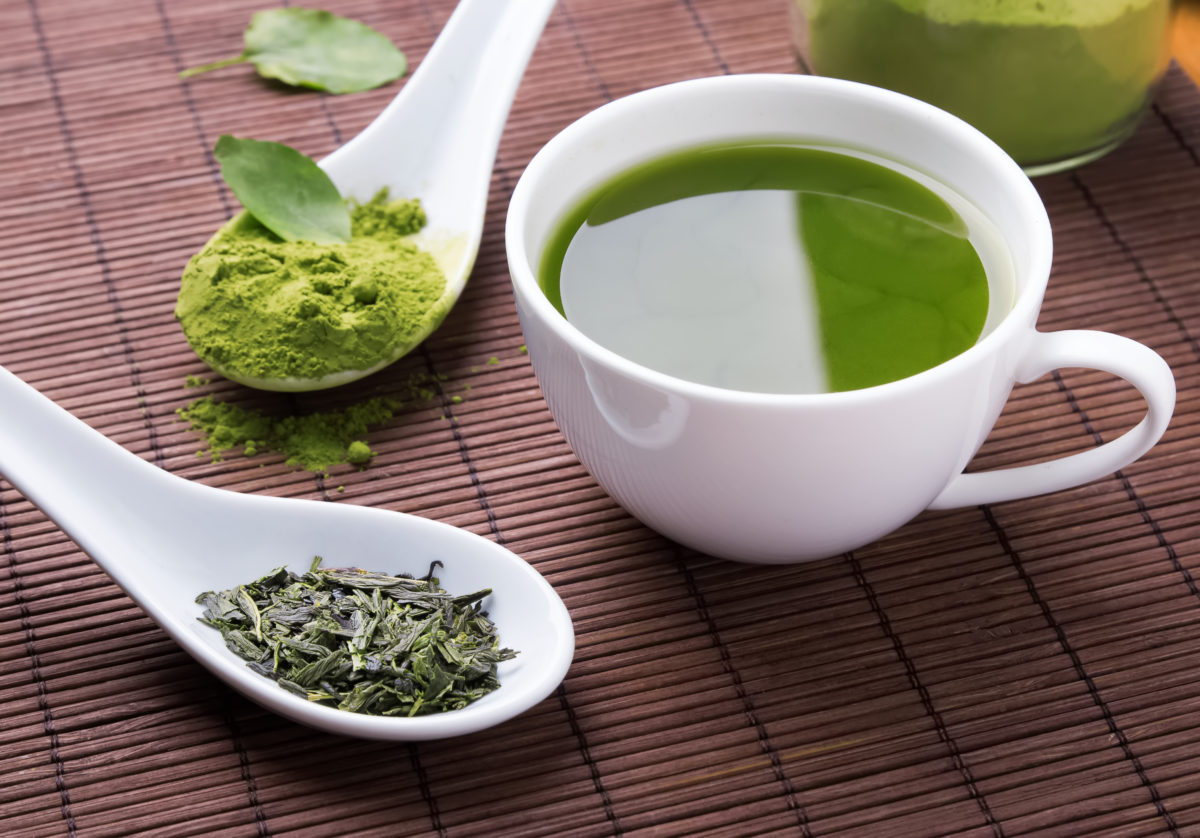
Matcha tea is a finely ground powder made from specially grown and processed green tea leaves. It originated in China, but developed in Japan. Now, it’s a popular caffeinated drink all over the world!
An 8-oz cup of matcha tea contains around 25 to 45 milligrams of caffeine – and no sugar!
Matcha is unique because, unlike other teas where the leaves are infused in water and then removed, matcha powder is whisked with hot water to form a frothy beverage. That means it’s richer in nutrients!
4. Yerba Mate
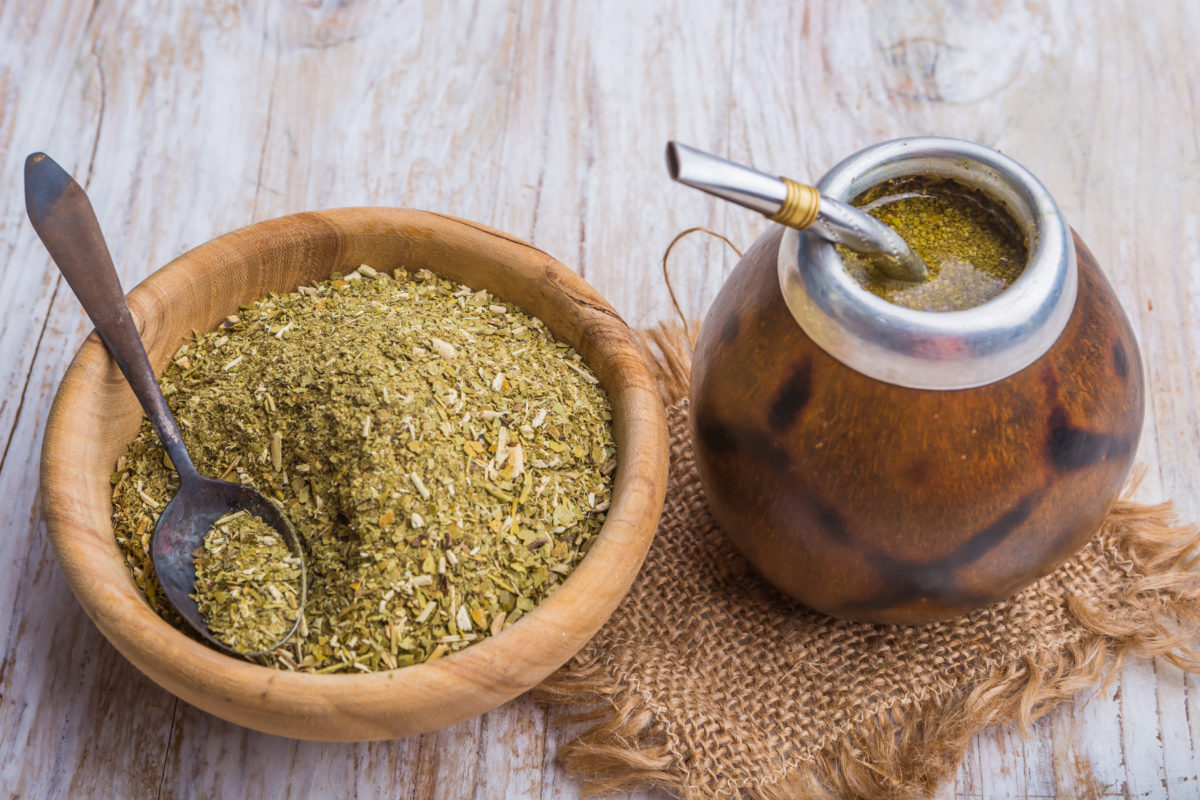
Yerba mate is a traditional South American drink made from the dried, chopped, and ground leaves of the Ilex paraguariensis plant – a plant that’s native to Argentina, Paraguay, Uruguay, and southern Brazil.
An 8-oz cup of yerba mate contains around 30 to 50 milligrams of caffeine.
Yerba mate contains caffeine, theobromine, and antioxidants, offering a unique balance of stimulation and nutrition. It has an earthy, robust, and somewhat bitter taste to it, with grassy and herbal undertones.
3. Diet Soda

Diet soda is often marketed as a healthier alternative to regular soda because it doesn’t contain any sugar or calories. While that’s good for those who want caffeine without the sugar, that doesn’t mean it’s healthy.
A 12-oz can of diet soda contains around 30 and 50 milligrams of caffeine.
While lighter in sugar and calories, diet soda has been linked to weight gain, disruptions to gut health, cardiovascular problems, and an increased craving for sweets. If possible, limit yourself to one per day.
2. Caffeine Pills
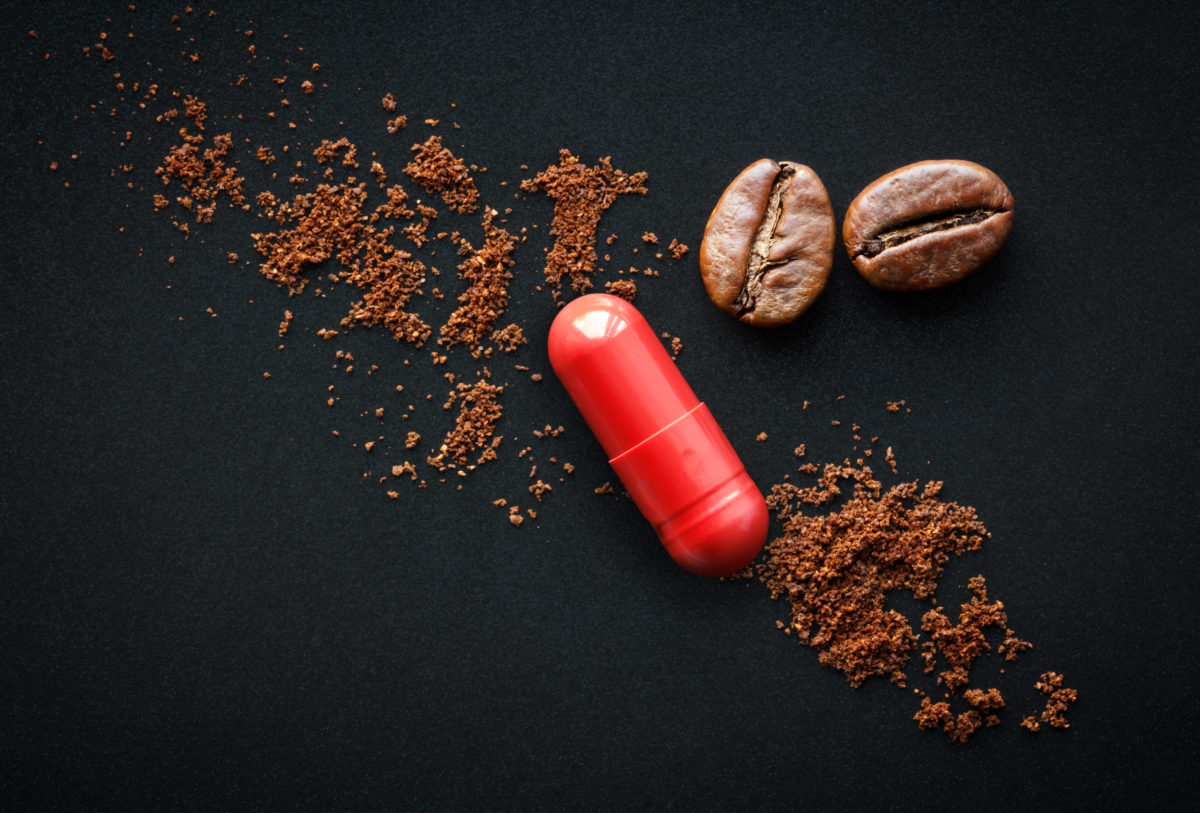
Caffeine pills are exactly what they sound like – small tablets or pills containing a concentrated dose of caffeine. They’re often used as an alternative to caffeinated beverages filled with sugar and calories.
Most caffeine pills will contain between 100 and 200 milligrams of caffeine.
Due to the high levels of caffeine, I don’t recommend taking more than one caffeine pill per day. Make sure you look at the ingredient label – some caffeine pills contain other ingredients and/or supplements.
1. Caffeine Packets
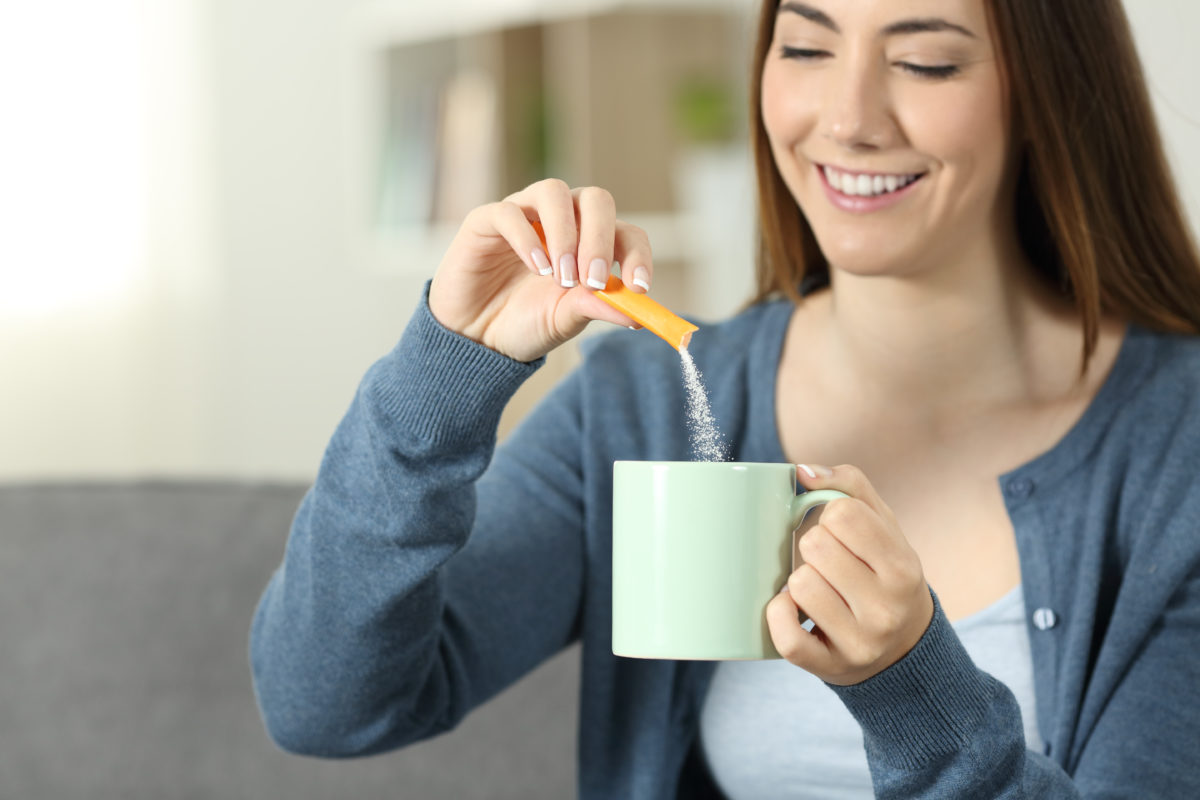
Caffeine packets refer to small, single-serving packets containing powdered caffeine. They’re designed for convenience, allowing users to add a precise dose of caffeine to their favorite food or beverages.
Most caffeine packets contain between 50 and 100 milligrams of caffeine.
Crystal Light is one of the most popular packets on the market today. They’re available in a variety of flavors – such as peach mango, grape, citrus, and wild strawberry – and are perfect for traveling.
Had Enough? Had Too Much? Here’s How To Reduce Your Caffeine Intake!
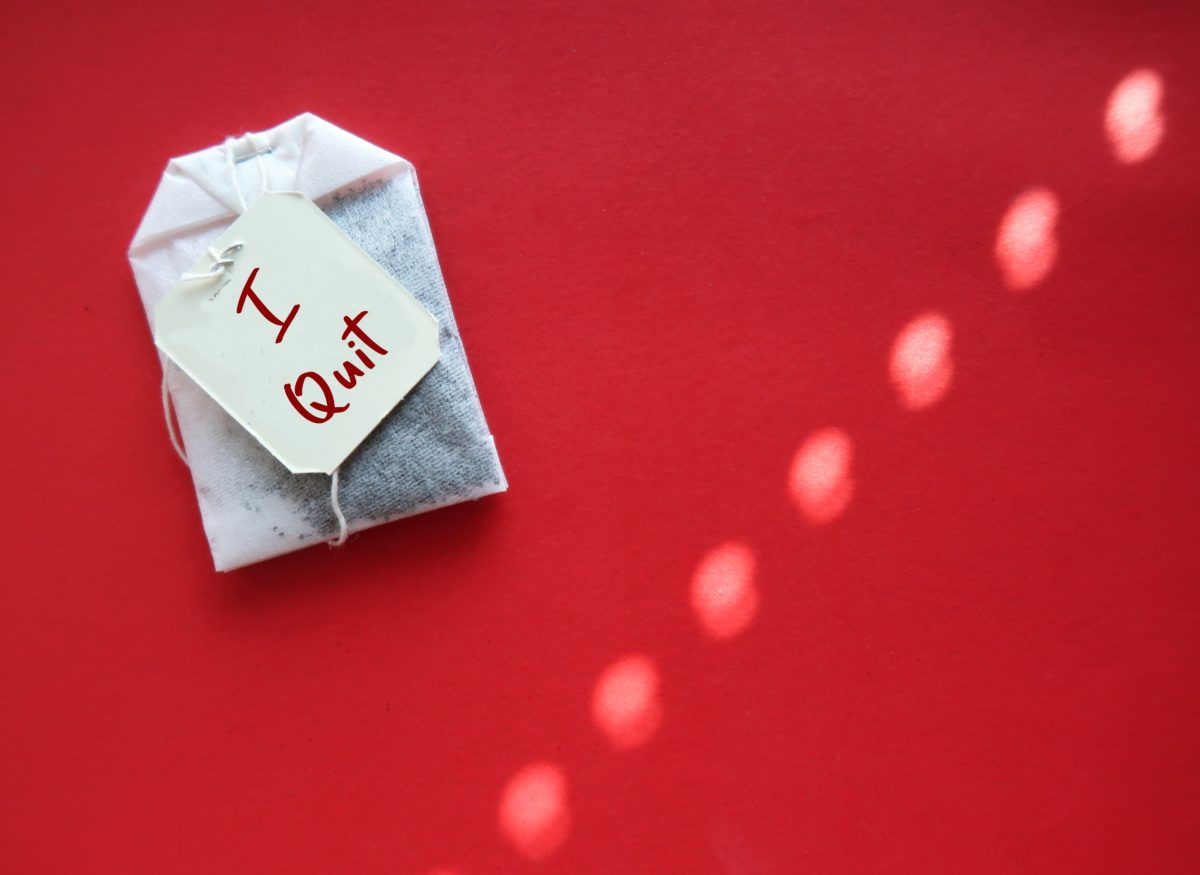
Do you consume around 400 milligrams of caffeine daily? Do you find yourself craving caffeine during the day? Is it starting to negatively impact your life? Are you ready to reduce (or quit) your caffeine habits?
Don’t worry – you’re not alone, and there’s no shame in it!
While caffeine has its benefits, there’s a dark side that most people overlook or are unaware of. Either way, there comes a time when some people have had enough, or too much – and that’s totally okay!
And let’s not forget – caffeine addiction is a real thing!
Whether you want to reduce the amount of caffeine in your diet or eliminate it completely, here are five practical things you can start doing today. With a little self-love and discipline, you can reach your goals!
5. Ease Yourself Out of It
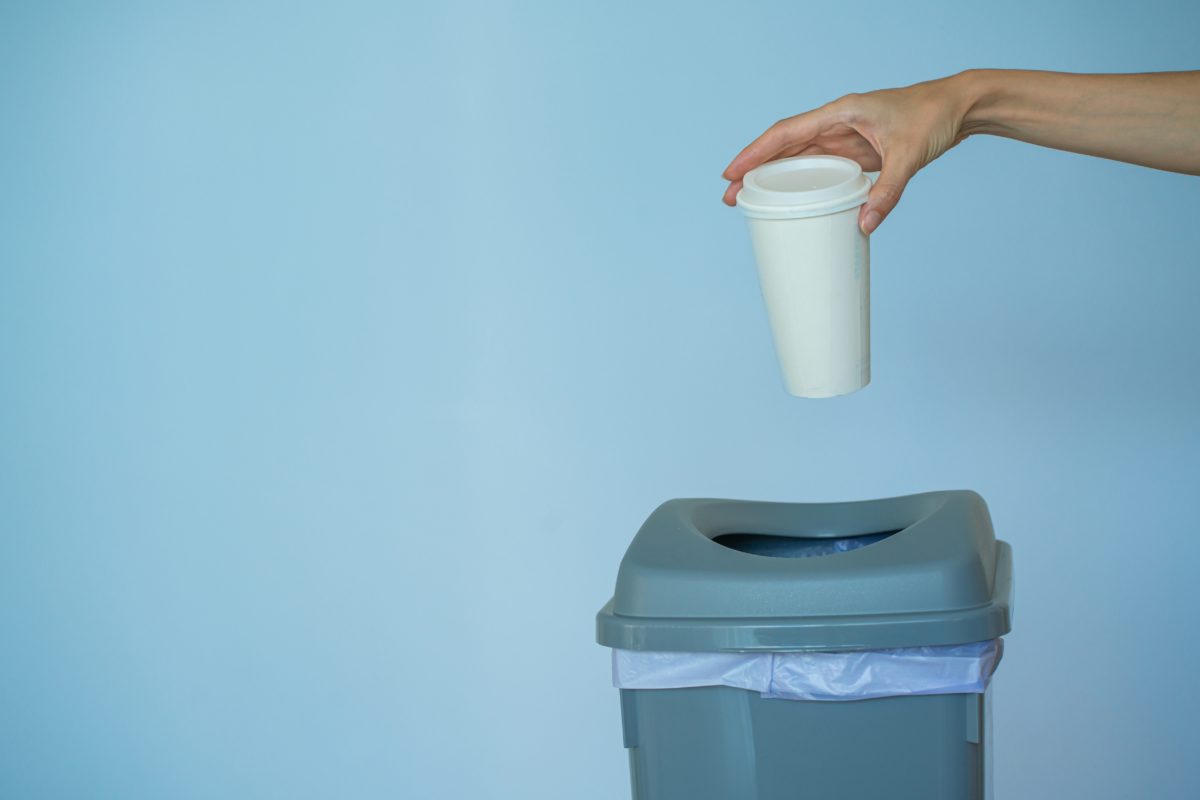
Quitting caffeine abruptly, or “cold turkey,” can lead to withdrawal symptoms for many people. The best way to avoid this is by easing yourself out of your caffeine consumption habits – take it one step at a time.
For example, if you currently drink two cups of coffee per day, cut down to one per day.
Give your body an opportunity to adjust before cutting it out completely. You’ll still face temptations and cravings, but they won’t be as severe as quitting cold turkey. Just make sure you stay disciplined!
4. Drink Plenty of Water
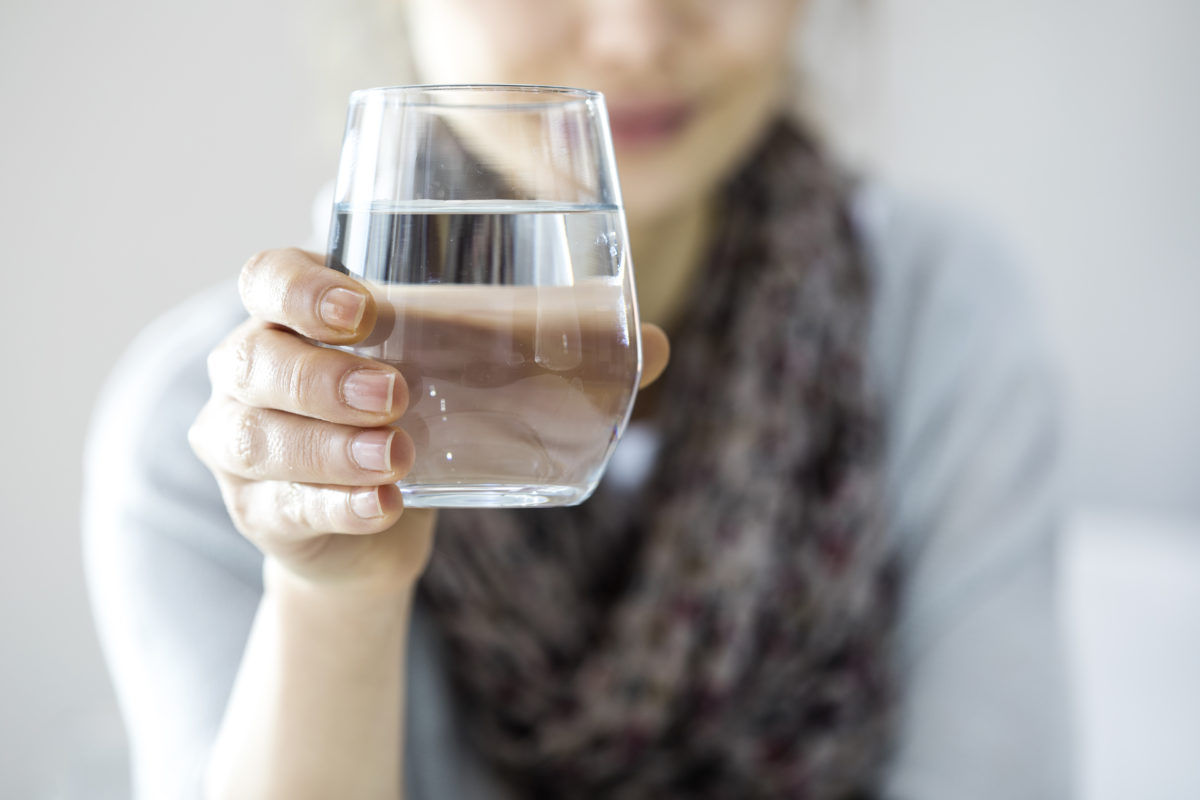
It’s easy for water to take a backseat once caffeine enters the conversation. In fact, most people consume so much caffeine and sugar-sweetened beverages that they forget or almost choose not to drink water.
This is a bad habit to get yourself into – and one I recommend avoiding.
Instead, make sure you’re drinking more than enough water each day – at least 64 fluid ounces (8 cups), but more if you’re physically active. Without water, your mind and body will struggle to function properly.
3. Find Non-Caffeine Alternatives
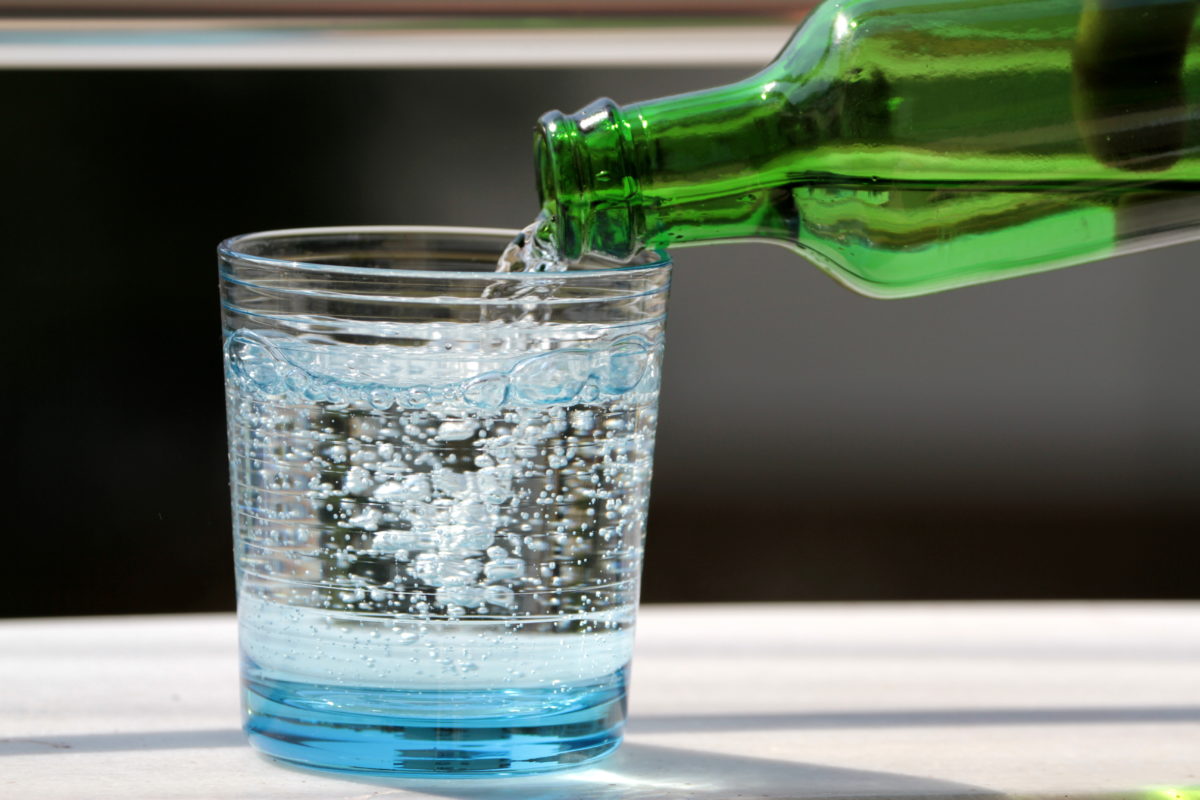
Replacing caffeinated beverages with water is a good first step, but most people need a little something with extra flavor to get them through the day. Or maybe they miss the carbonation that comes with soda.
Don’t worry – there are ways to overcome those temptations, too.
For example, try drinking sparkling water if you miss the fizzle in your throat. You can even try adding powdered flavorings to your water to give it a little taste – just make sure the flavorings are healthy first!
2. Distance Yourself From It

One of the best things you can do when trying to quit or reduce caffeine intake is to distance yourself from it. That means no more soda in the fridge, and no more coffee beans in the cupboard – get rid of them!
And that means avoiding them when you eat out, as well.
It’s easy to say, “I’ll take a Pepsi,” when the waiter asks what you’ll have to drink – it’s a habit for most people. Instead of going for a soft drink, order water, apple juice, orange, juice, or even a smoothie!
1. Manage Withdrawals
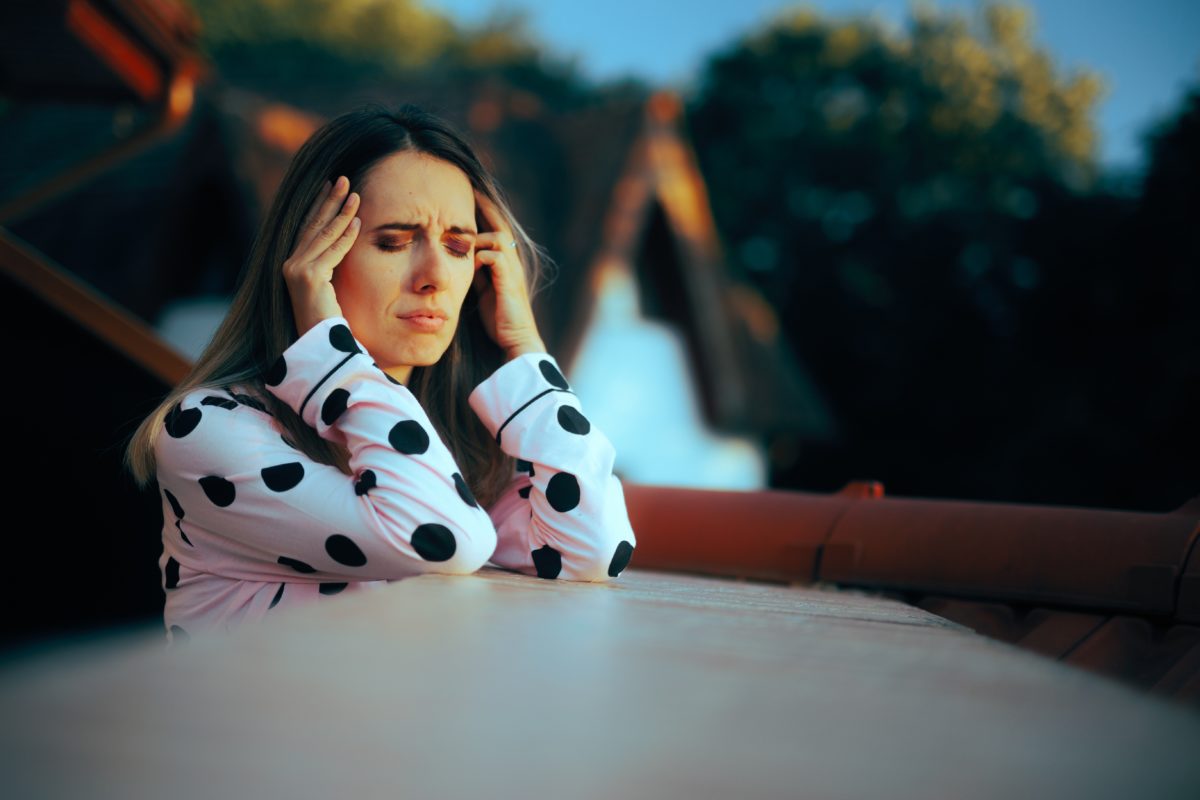
Caffeine withdrawal refers to the set of symptoms that occur when a person who regularly consumes caffeine suddenly reduces or stops their intake. The symptoms are unpleasant, but they are temporary.
They include headaches, fatigue, irritability, depression, lack of focus, and muscle pain.
Symptoms typically start 12 to 24 hours after the last caffeine intake and can last for about 2 to 9 days. Reducing caffeine intake gradually rather than stopping suddenly can help reduce withdrawal symptoms.
Should Children Limit Caffeine Intake?
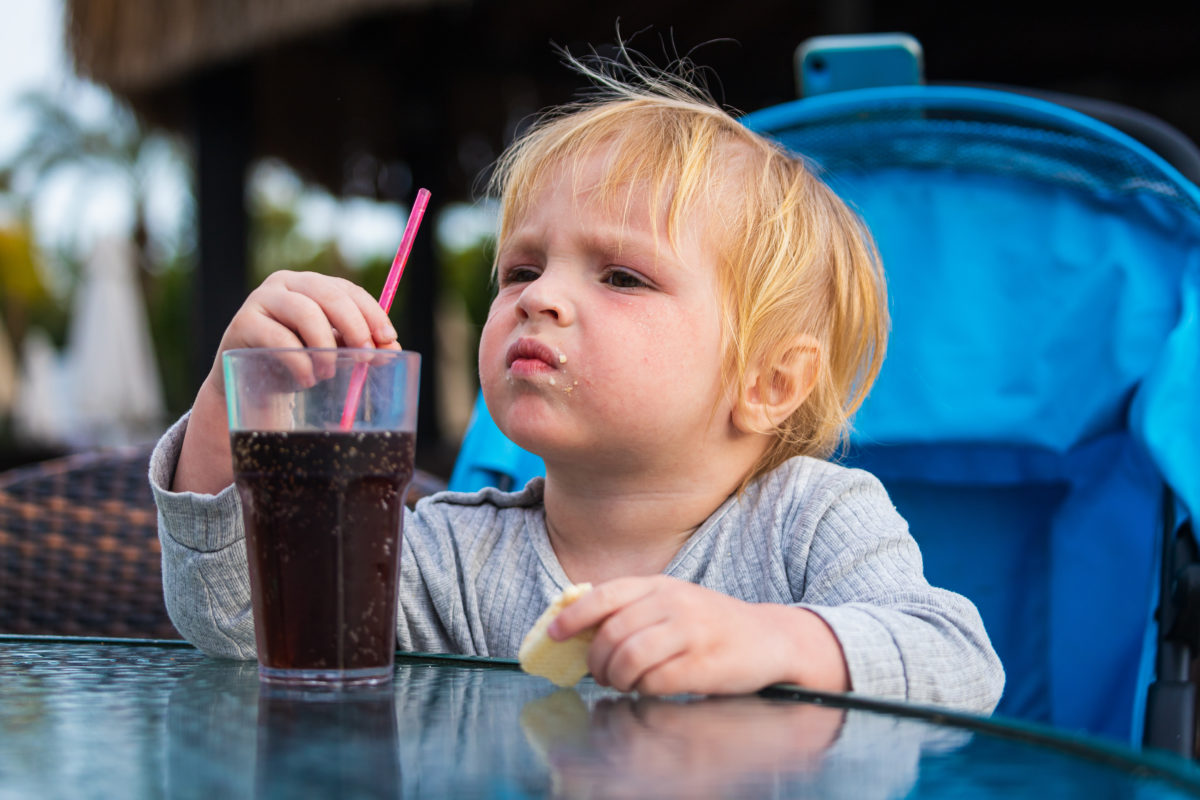
According to The American Academy of Child and Adolescent Psychiatry (AACAP), pediatricians advise against caffeine for children under 12 and no more than 100 mg daily for those 12-18 years old. They also advise against energy drinks for any child or teenager – including Red Bull, Monster, and Rockstar drinks.
Caffeine can disrupt sleep patterns, affect concentration, lead to increased heart rate and blood pressure, and even cause anxiety and nervousness. Since children and teenagers are still growing and developing, these effects can have more pronounced and lasting impacts on their overall health and well-being.
YOU MAY ALSO LIKE: The Updated U.S. Dietary Guidelines States Kids Under 2-Years-Old Should Have Zero Sugar In Their Diet
Instead of allowing your child to drink caffeine at an early age, use it as a moment to teach them about the dangers of consuming caffeine before your mind and body are done developing. Teach them how to read nutrition labels, and help them find healthier alternatives that don’t involve high caffeine levels.
Mamas Uncut is THE online place for moms. We cover the latest about motherhood, parenting, and entertainment as well – all with a mom-focused twist. So if you're looking for parenting advice from real parents, we have plenty of it, all for moms from moms, and also experts. Because, at the end of the day, our mission is focused solely on empowering moms and moms-to-be with the knowledge and answers they’re looking for in one safe space.
